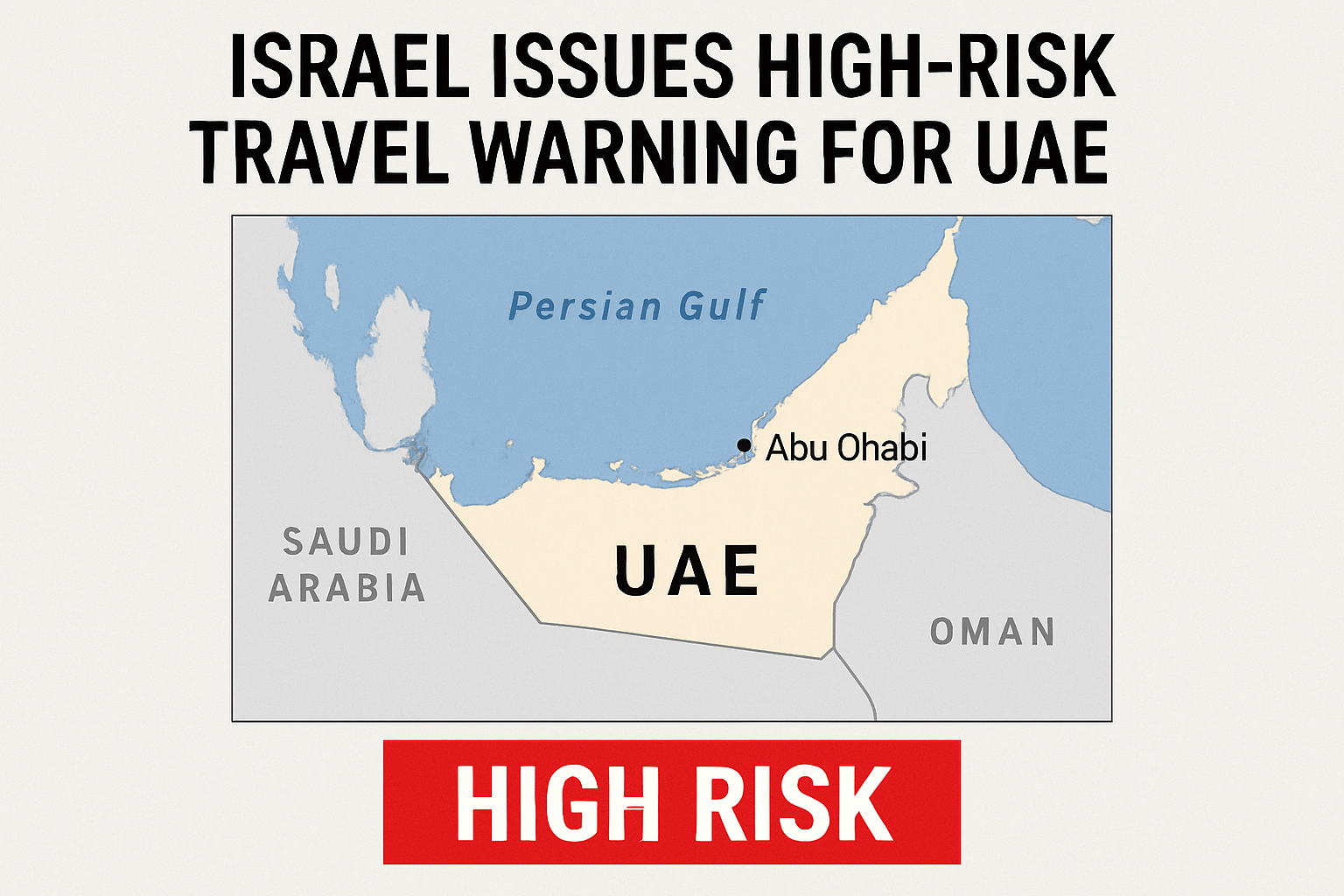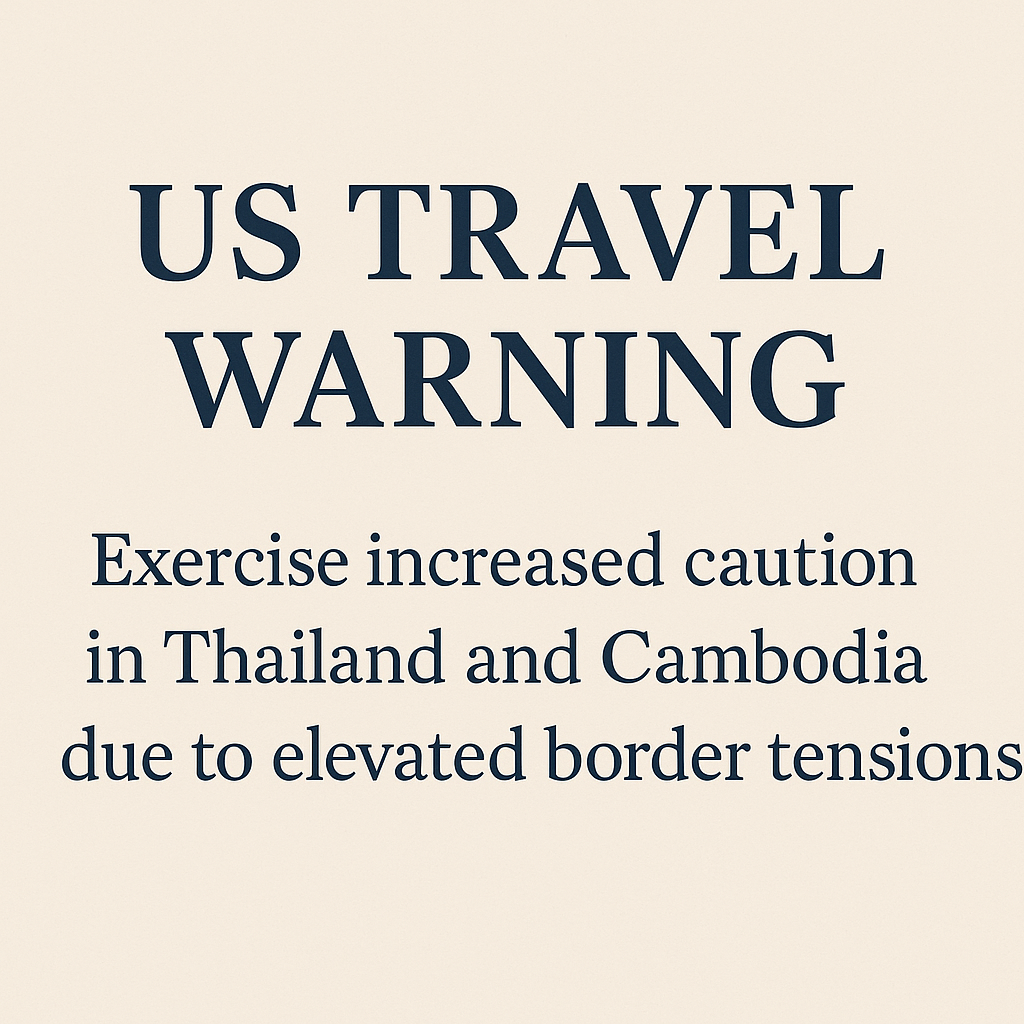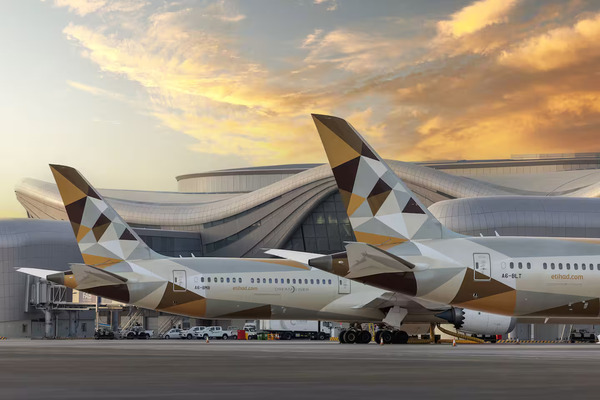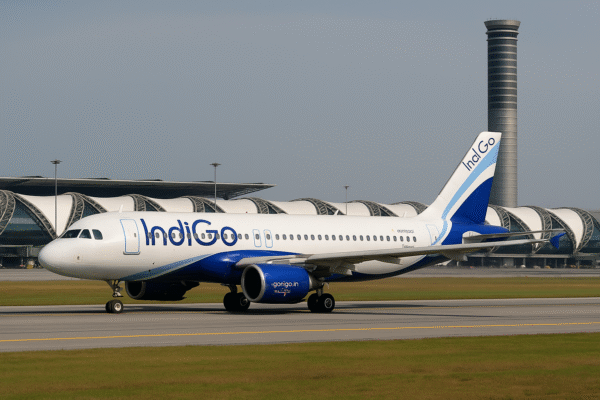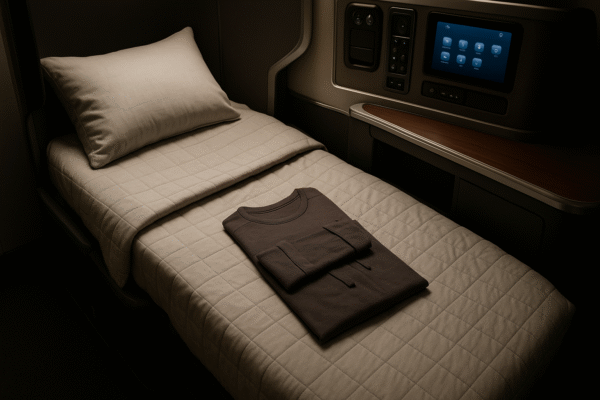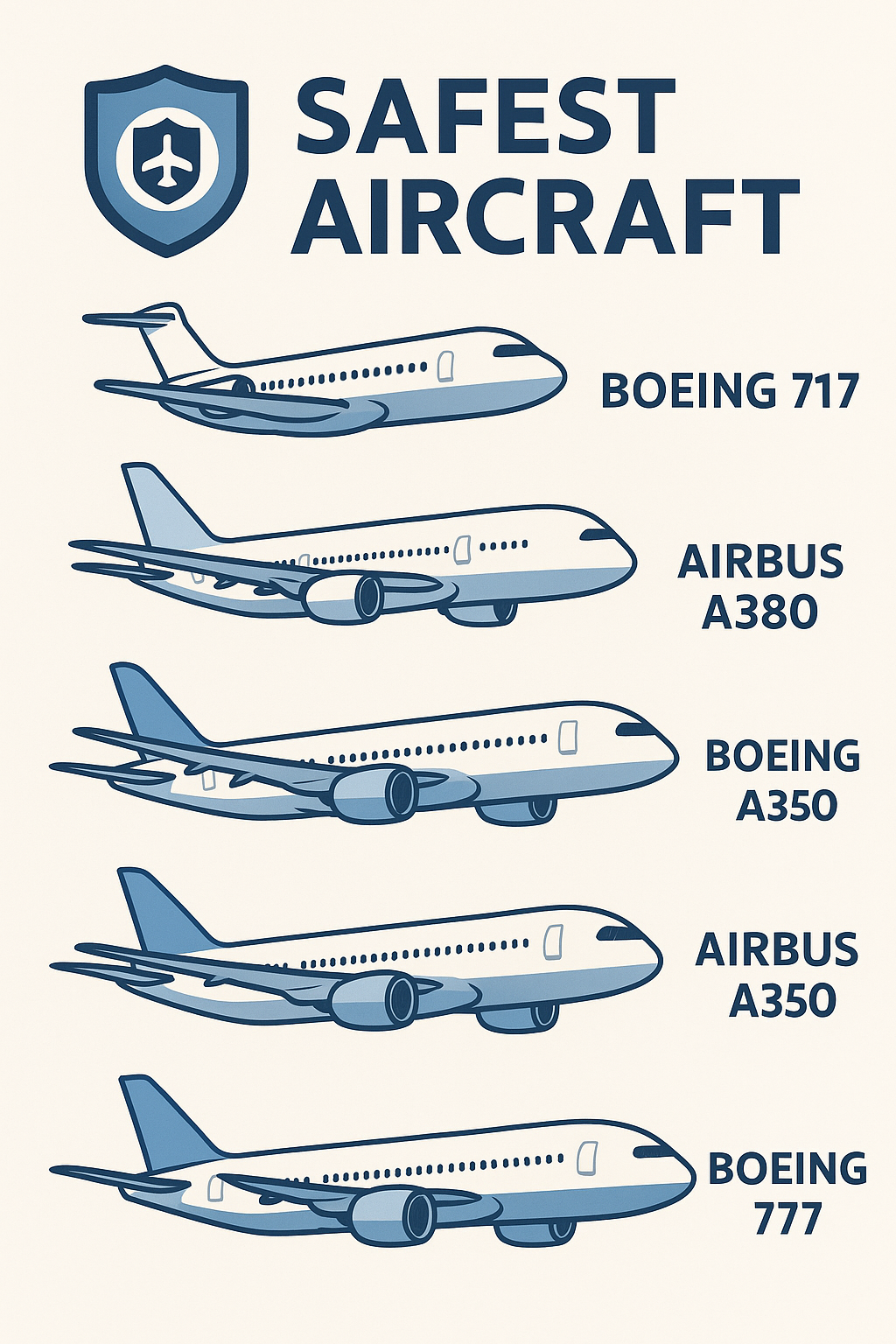Aviation remains one of the safest modes of transportation. Despite high-profile accidents like the recent Air India Boeing 787 crash near Ahmedabad, India, commercial air travel’s fatality rate is still substantially lower than that of road travel. In 2025, understanding which aircraft types consistently demonstrate safety excellence can help airlines, regulators, and passengers make informed decisions.
Top-Ranked Safest Aircraft Models in 2025
According to multiple aviation safety authorities and aggregators—including Simple Flying and Aviation A2Z—the following aircraft lead the safety rankings in 2025:
1. Boeing 717
- A legacy twin-engine narrow-body introduced in 1999, with rear-mounted Rolls‑Royce engines.
- Remarkable record: zero hull losses or fatal accidents since entering service
- Built with reliability in mind; around 99 units remain active, primarily with Delta Air Lines.
2. Airbus A380
- The world’s largest passenger aircraft, launched in 2007.
- Nearly one million flights and 10 million flight hours logged without a single fatal accident
- Four-engine redundancy and certified evacuation procedures contribute to its stellar safety record.
3. Boeing 787 Dreamliner
- A modern composite long-haul aircraft, introduced in 2011 and widely praised.
- Despite the recent first fatal crash (Air India AI171), the 787 previously had no hull-loss fatalities across billions of passenger flights
- Prior non-fatal technical incidents (e.g., battery fires) led to improved safety standards.
4. Boeing 777‑300ER / 200LR, Airbus A350
- Recognized in Boeing’s safety databases as having zero hull-loss events
- These twin-aisle workhorses serve on long-haul global routes and match the 787 in advanced technology and structural robustness.
Statistical Review & Industry Perspectives
- Boeing 717, Airbus A380, Boeing 787, Airbus A350, Boeing 777 variants are all classed as “no-fatality, zero hull loss” across multi-decade operations
- The Airbus A320neo and Boeing 737 MAX families—despite large fleets—have very low but non-zero incident rates:
- A320neo: ~0.095 fatal hull-losses per million departures
- 737 MAX: ~1.48 fatal hull losses per million departures (post‑2019 grounding corrections) .
Spotlight: Air India Boeing 787 Crash
The June 12, 2025 Air India Flight AI171 crash near Ahmedabad tragically became the first fatal 787 hull loss. With 242 passengers and crew onboard, and 290 total lives lost (including those on the ground), only one person survived.
Key observations:
- Maintenance inspections on Boeing 787s in India are now being intensified
- Despite this incident, aviation experts reaffirm that seat placement or aircraft model alone cannot ensure survival—factors such as crash dynamics, structural damage, and evacuation protocol adherence dominate outcomes.
Aircraft vs. Seat Safety Perspective
While popular belief often singles out specific seats (e.g., 11A) for survival odds, crash data indicate safety is influenced more by crash location (rear/middle/wings) and proximity to exits than any singular seat number
Examples:
- Rear seats offer slightly better structural protection and proximity to exits in many crash cases .
- However, the only survivor in the Air India crash was near exit 11A—and experts label this primarily circumstantial .
Broader Safety Trends in 2025
- Commercial aviation’s fatal accident rate has steadily declined; car travel remains significantly riskier (7+ fatalities per billion miles vs. 0.07 in aviation)
- Air safety culture now emphasizes rigorous self-reporting, proactive risk identification, and continuous pilot training
- However, challenges loom: aging air traffic control systems, regulatory oversight weaknesses, and manufacturer quality-control concerns (e.g., Boeing’s tool‐left‐inside reports)
Airlines Leading in Overall Safety
- Qantas Airways named the world’s safest airline in 2025, according to 42kft.com, based on pilots, audits, and internal safety metrics.
- Other consistently high-ranking carriers include Air New Zealand and Cathay Pacific—though rankings may vary annually.
Conclusions & Recommendations
- Aircraft Choice: Riding on Boeing 717, Airbus A380, Boeing 787, Boeing 777-series, or Airbus A350 offers statistically higher safety based on decades of incident-free operations.
- Provider Choice: Select airlines with strong audit results, disciplined pilot programs, and proactive safety cultures (like Qantas).
- Passenger Behavior: Follow seatbelt signs, locate your nearest exit, and don’t block aisles during evacuations—these actions significantly impact survival chances.
- Stay Informed: Regulatory measures, ongoing investigations (e.g., AI171 crash probe), and manufacturer updates may affect safety ratings—stay alert to changes.
Final Takeaway
In 2025, choosing to fly onboard a tested aircraft such as the Boeing 717, Airbus A380, Boeing 787 Dreamliner, Boeing 777 variants, or Airbus A350 nearly guarantees you board one of the safest commercial planes in history. Paired with an airline renowned for its safety culture, such as Qantas, and sound personal protocols, passengers can be confident in air travel’s unmatched safety. Nonetheless, accidents like the Ahmedabad crash remind us that vigilance, robust regulation, and continuous improvement remain vital.




